News
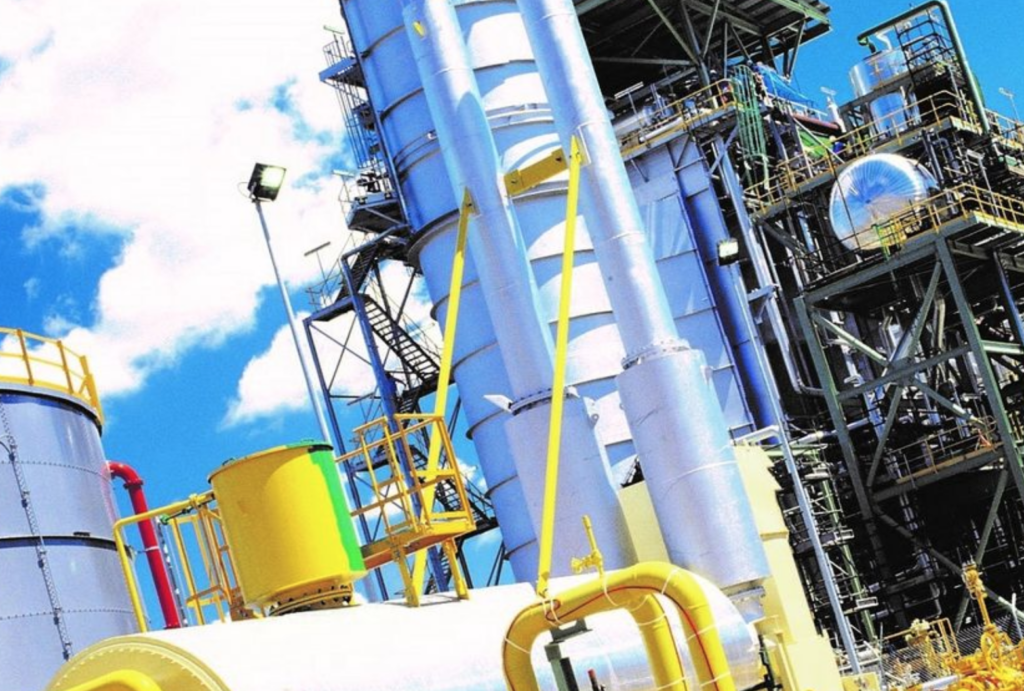
No fast-track for major domestic gas project
GINA Rinehart-owned Senex Energy’s plan for a massive stage three expansion of its Atlas project in Queensland’s coal seam gas heartland has been referred to the environmental minister for approval. Senex plans to drill a further 151 wells across four tenements in the central part of the Surat Basin over the next five to 10 years. It comes as the east coast market grapples with potential supply shortfalls and follows a swathe of new government interventions which could see LNG exports cut by the government if it predicts a “shortfall quarter”.
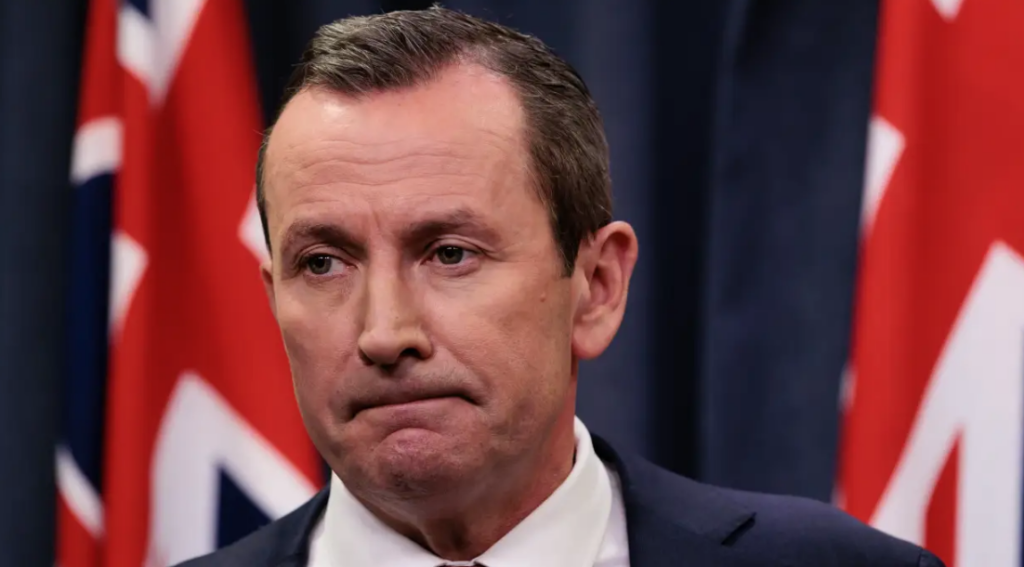
Rinehart, Ellison lead business tributes to McGowan
Billionaires Gina Rinehart and Chris Ellison have led business sector tributes after West Australian Premier Mark McGowan’s shock decision to stand down. Mrs Rinehart, a frequent critic of Labor policies at a federal level, said Mr McGowan “well understood that investment and development is the key to the success of WA, and to maintaining living standards”.
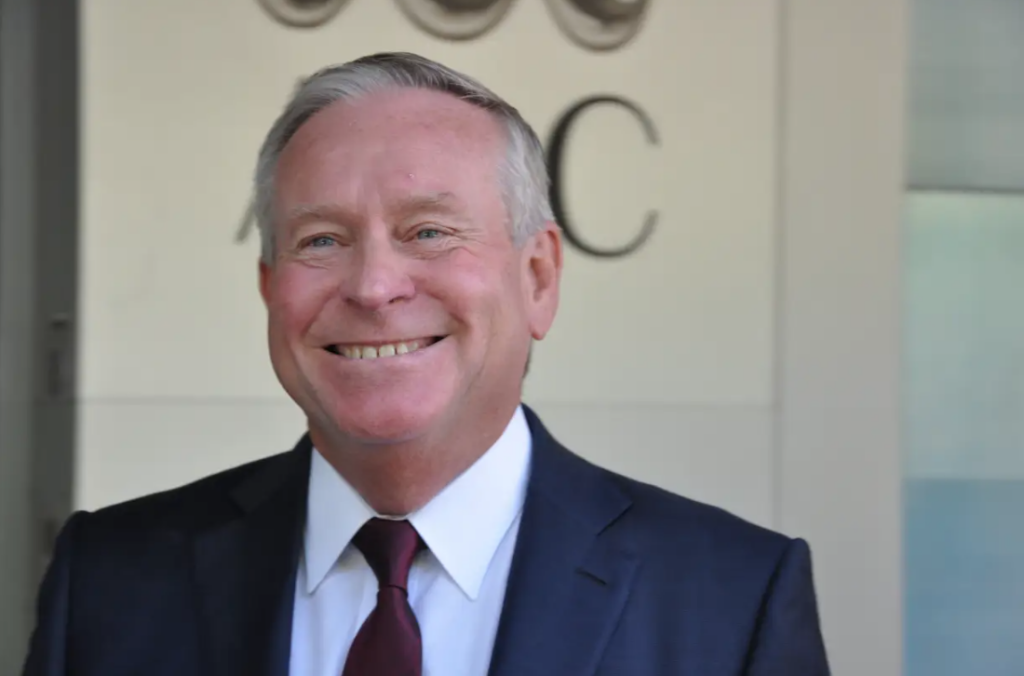
Barnett blast: critical minerals sector needs gas, not handouts
Former West Australian premier Colin Barnett says the Albanese government should stop throwing money at critical minerals mining companies and instead rethink its energy policies to make sure there is affordable and reliable gas supply needed for downstream processing. Mr Barnett said the Albanese government was kidding itself if it thought downstream processing and battery-making ambitions could be achieved without a heavy reliance on natural gas.
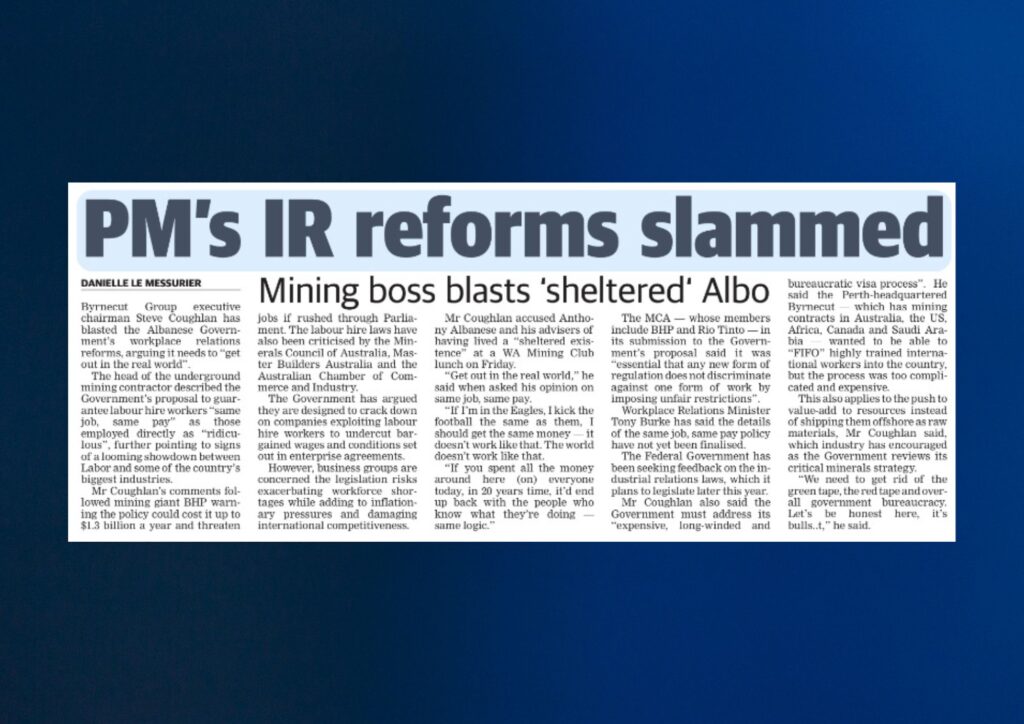
PM’S IR REFORMS SLAMMED
Mining boss blasts ‘sheltered‘ Albo Byrnecut Group executive chairman Steve Coughlan has blasted the Albanese Government’s workplace relations reforms, arguing it needs to “get out in the real world”.“We need to get rid of the green tape, the red tape and overall government bureaucracy. Let’s be honest here, it’s bulls..t,” he said.

Price crash that could devastate Australia
It may surprise Australians to know that the long-term real iron ore price is about $60. That is a long way below the price we have enjoyed for 20 years and far below the $150 or so we have today. But there are good reasons for such a low long-term price. Iron ore is not rare. It’s not precious. It has no intellectual property. Nor point of difference. It is highly contestable. It is dirt, pure and simple.
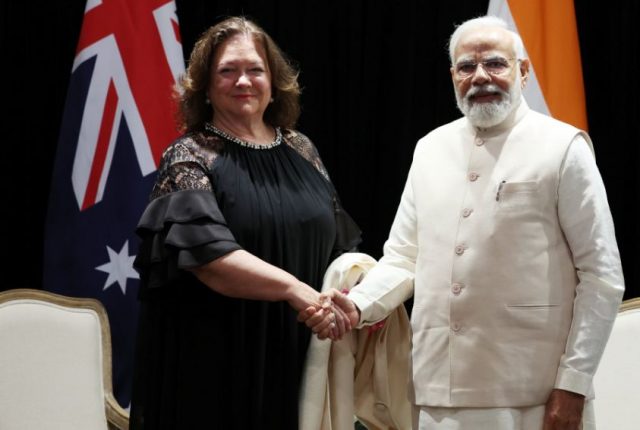
PM Narendra Modi meets Executive CEO of Hancock Prospecting, Gina Rinehart
Prime Minister Narendra Modi met Executive Chairperson of Hancock Prospecting, Gina Rinehart in Sydney on May 23. Hancock Prospecting has a long history in the iron ore sector in Australia. Earlier, PM Modi met CEO of Australian Super Paul Schroder in Sydney on May 23. In the year 2022, India signed a historic trade deal with Australia. Notably, Prime Minister Narendra Modi is on a three-day visit to Australia. He arrived in Sydney on May 22.

Modi meets with Australian business community, Indian diaspora
Prime Minister Narendra Modi met with senior leaders of the Australian business community during the second day of his visit to AustraliaPM Modi met with Gina Rinehart of the Hancock Prospecting group, an Australian mining firm, in Sydney “Prime Minister highlighted the transformative reforms and initiatives being undertaken in India and invited her to partner in technology, investment and skilling in the mining and minerals sector,” according to a press release by the MEA. India and Australia have decided to intensify cooperation in mining, particularly after both countries agreed to work together on a critical minerals partnership.
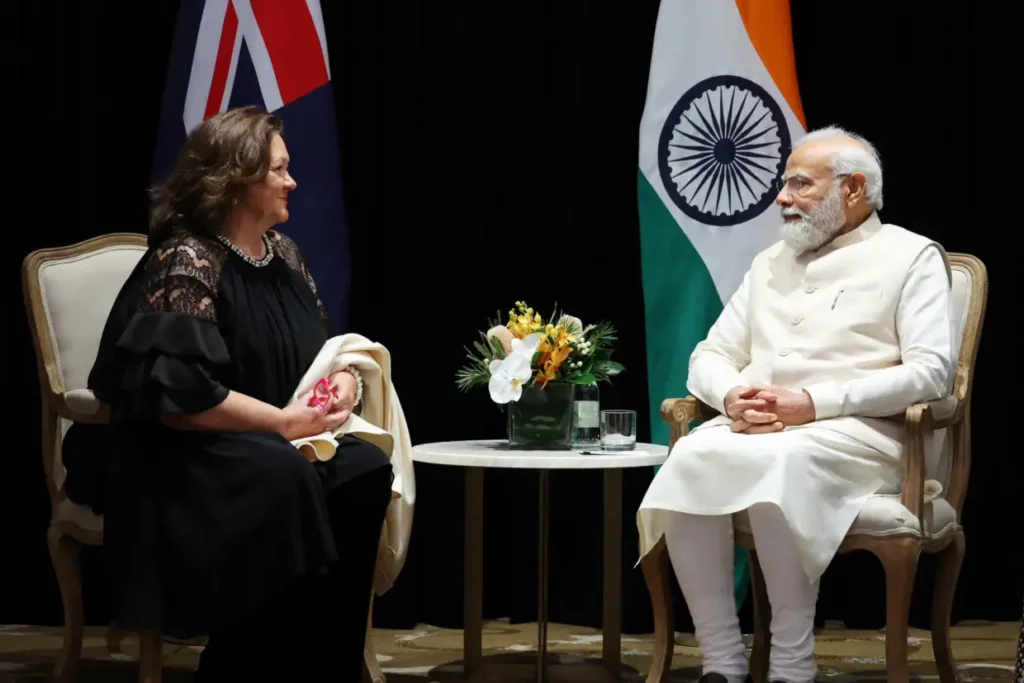
Rinehart, Modi in private talks as India eyes WA lithium assets
Mining billionaire Gina Rinehart had talks with Indian Prime Minister Narendra Modi in Sydney on Tuesday as his government eyes investments in critical minerals in Australia. Mrs Rinehart, Australia’s richest person, is a long-time fan of Mr Modi and India has made no secret of its desire to secure lithium assets. Speaking to media after the meeting on Tuesday, Mrs Rinehart said India had seen unprecedented economic growth under his leadership and investment-friendly policies. “The growth recently has been huge, the growth in the future is going to be huge. Australia really needs to work harder to develop its relations with India,” she said.
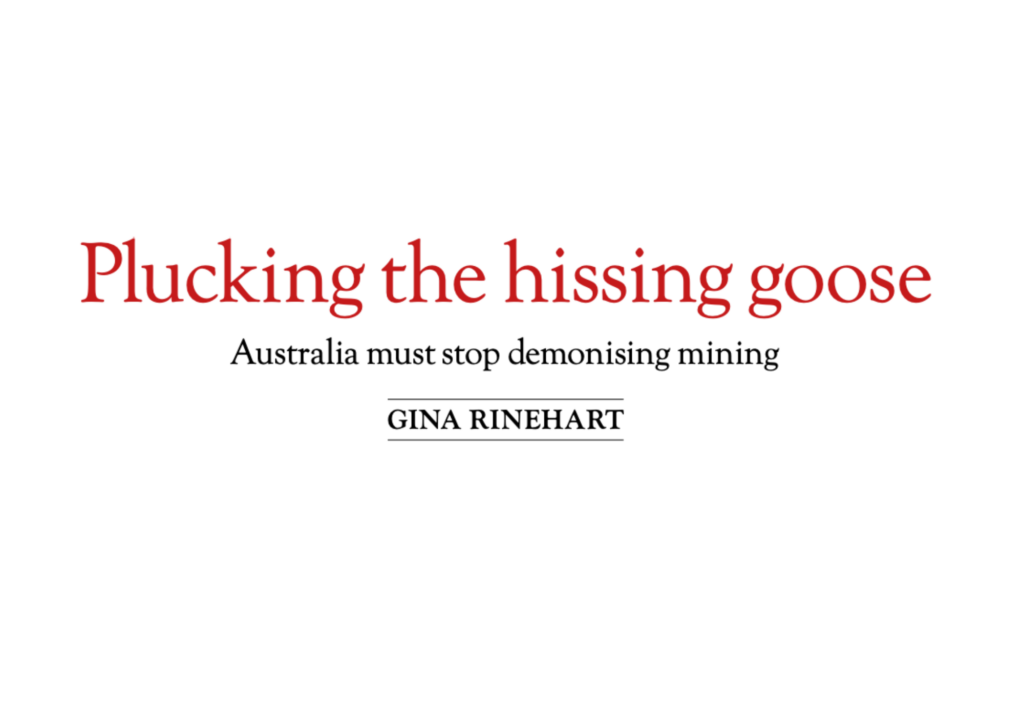
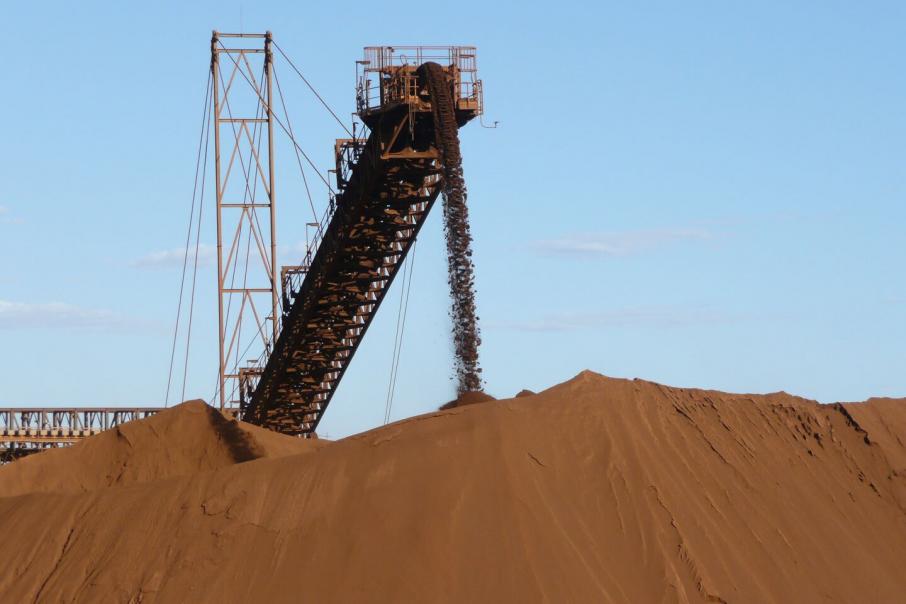
Iron ore drives resources growth
WA produces a diverse array of minerals, yet one commodity dominates the sector. The iron ore expansions that kicked off the mid 2000s were the start of a decade-long boom that is reflected in iron ore’s status as by far the biggest export earner in WA. Roy Hill Holdings – majority owned by Gina Rinehart’s Hancock Prospecting – has added substantially to the industry’s capacity, with annual production of over 60mt.

Miners release ad blitz on tax
Mining companies have launched an advertising blitz that draws a link between Federal Government spending and the industry’s record taxes and royalties.
The first advertisement, “Australia does well when Australian minerals do well”, released on Sunday night, links mining’s $63 billion in taxes and royalties to Government funding for hospitals, public transport, schools, clean energy and infrastructure. The video also shows that mining pays Australia’s highest and largest taxes, which equals one-third of all company taxes.
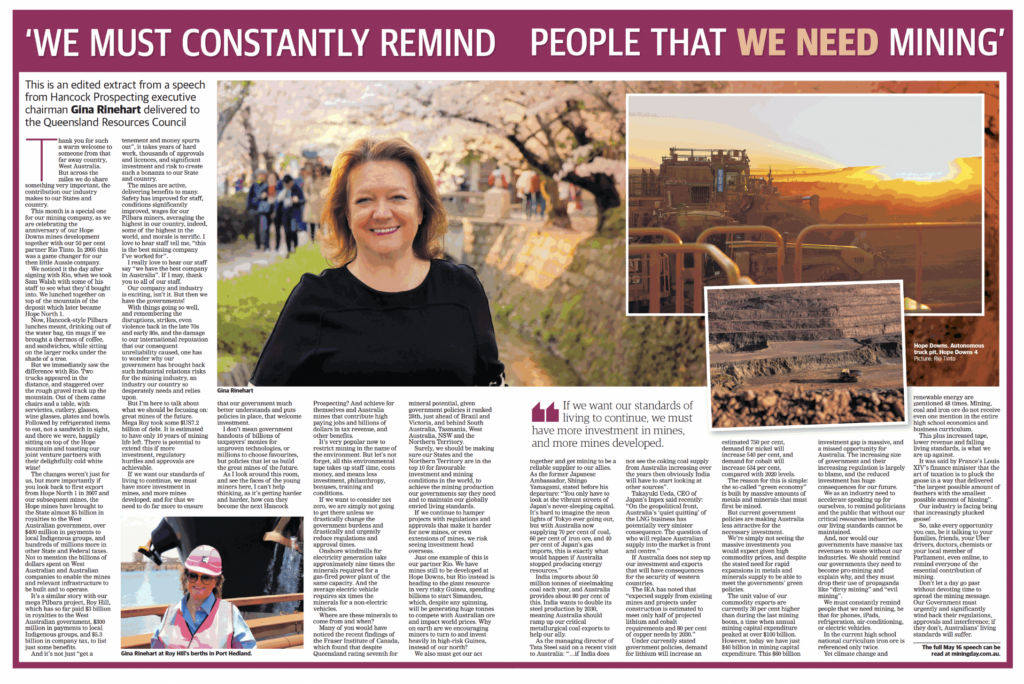
‘WE MUST CONSTANTLY REMIND PEOPLE THAT WE NEED MINING’
This month is a special one for our mining company, as we are celebrating the anniversary of our Hope Downs mines development together with our 50 per cent partner Rio Tinto. In 2005 this was a game changer for our then little Aussie company.